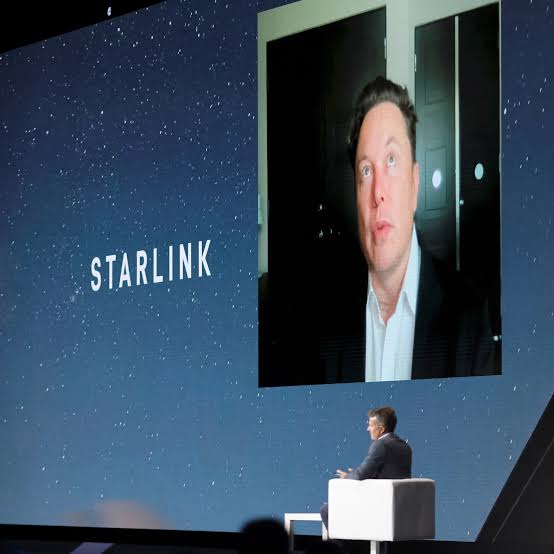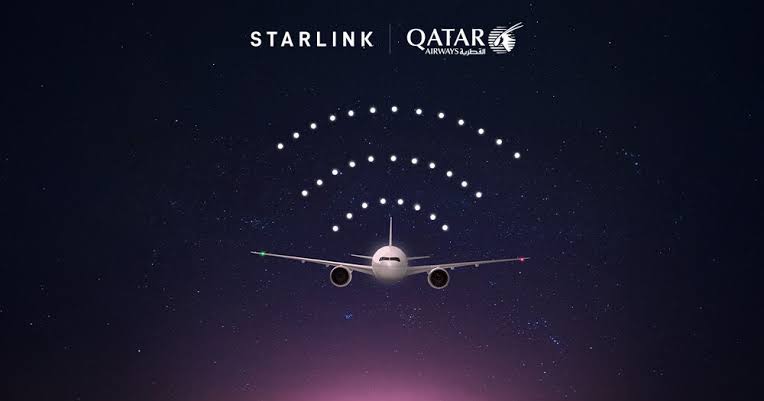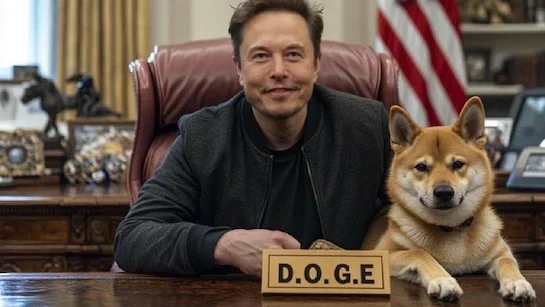SpaceX’s Starlink satellite internet service is now accessible in Somalia, according to Elon Musk’s announcement on the social media platform X on Sunday, April 13, 2025.
“We have been in talks with this company (Starlink) for a period of two and half years. We gave them the licence today,” Mustafa Yasiin, director of communication in the telecommunications ministry said in a video.
“We hope Starlink will increase the quality of the existing internet in Somalia and will make the internet service reach more remote areas,” he added.
Somalia approved Starlink after Niger and Liberia last month and January, respectively.
The regulatory authority’s website reports a launch ceremony in Mogadishu with government authorities and Starlink representatives.
Only approximately 10 percent of the Somali populace has access to the internet, making it one of the countries with the lowest internet penetration rates globally.
Starlink’s entry is anticipated to improve the quality of current internet services and expand connectivity to underserved and remote regions.
Starlink brings high-speed internet to Somalia
Starlink’s expansion strategy in Africa, initiated in 2021, includes the company’s debut in Somalia. Starlink has initiated commercial services in Rwanda and Nigeria and intends to expand its operations to additional African nations.
In Somalia, the service is designed to address the digital divide by offering high-speed satellite internet, particularly in rural areas where traditional infrastructure is scarce.
Mustafa Yaasin Sheik, Director General of Somalia’s Communications Authority, noted, “Starlink’s entry into Somalia represents a major leap in our efforts to bridge the digital divide in our country.”
The Somali government views this partnership as a national priority, aiming to attract broader foreign investment and enhance economic opportunities through improved connectivity.
Urban areas currently average 5 Mbps, but Starlink’s 200 Mbps internet will be much faster. Because user terminals cost $599 upfront plus monthly fees, government subsidies or partnerships with local telecoms may be needed to make it more affordable.
















